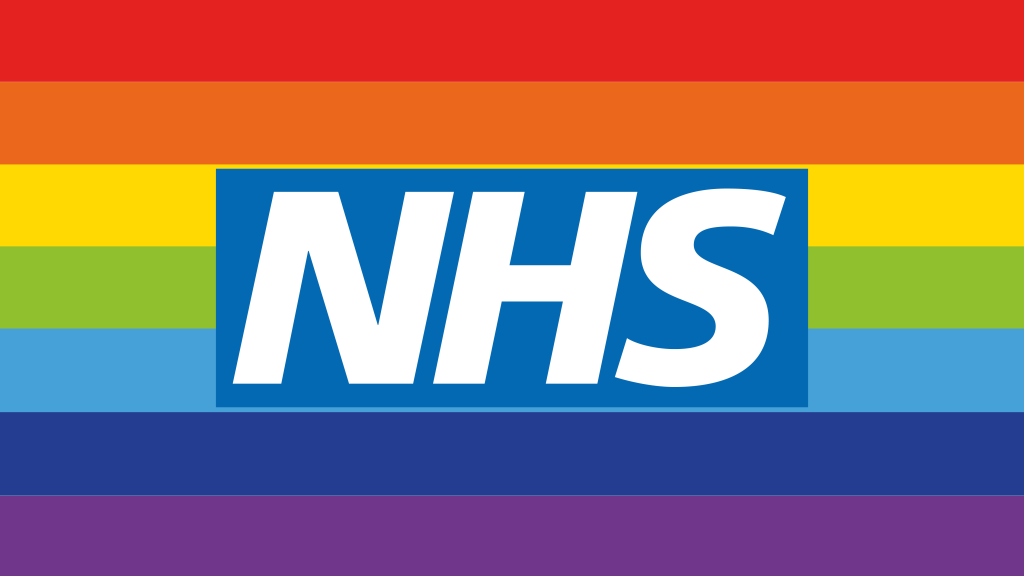

Steady weight gain is one of the signs that your baby is healthy and feeding well.
体重が順調に増えていることは、赤ちゃんが健康で哺乳量も十分であることを示すサインのひとつです。
It’s normal for babies to lose some weight in the first few days after birth.
Your baby will be weighed during their first 2 weeks to make sure they’re regaining their birthweight. Most babies are at, or above, their birthweight by 2 weeks.
赤ちゃんは、生まれてから数日間は体重が減るのが普通です。
赤ちゃんが出生時の体重に戻りつつあることを確認するため、最初の2週間は体重を測ります。ほとんどの赤ちゃんは、2週間目には出生時の体重かそれ以上になります。
A midwife or health visitor will support you if your baby loses a large amount of weight or does not regain their birthweight by 2 weeks.
They’ll talk to you about how feeding is going, possibly ask to observe a feed if you’re breastfeeding, and look at your baby’s health in general.
赤ちゃんの体重が大幅に減ったり、2週間経っても出生時の体重に戻らない場合は、助産師やヘルスビジターがあなたをサポートします。
授乳の様子について話を聞いたり、母乳で育てている場合は授乳の様子を見たり、赤ちゃんの健康状態を総合的に見ます。
How often should my baby be weighed?:赤ちゃんの体重はどれくらいの頻度で測れば良いか?
After the first 2 weeks, your baby should be weighed:
生後2週間を過ぎたら、赤ちゃんの体重を測ってください。
・no more than once a month up to 6 months of age
・no more than once every 2 months from 6 to 12 months of age
・no more than once every 3 months over the age of 1
・生後6ヵ月までは1ヵ月に1回以下
・生後6ヵ月から12ヵ月まで:2ヵ月に1回以下
・1歳を過ぎたら、3ヵ月に1回以下
Your baby will usually only be weighed more often than this if you ask for it or if there are concerns about their health or growth.
Your baby’s length may also be measured at some of their developmental reviews.
通常、赤ちゃんの体重をこれ以上の頻度で測るのは、ご本人が希望した場合、または健康状態や成長に懸念がある場合のみです。
また、子供の発育状況を確認するために、身長を測定することもあります。
Understanding your baby’s weight chart:赤ちゃんの体重表を理解する
Your child’s growth will be recorded on centile charts in their personal child health record (PCHR), or red book.
These charts show the pattern of growth healthy children usually follow, whether they’re breastfed or formula fed, or having a mixture of both.
子供の成長は、彼らの個人的な子供の健康記録(PCHR)、または赤本にある百分位数表で記録されます。
これらのグラフは、母乳かミルクか、あるいはその両方が混ざっているかに関わらず、健康な子供が通常たどる成長のパターンを示しています。
Visit the Royal College of Paediatrics and Child Health website to see some examples of baby weight charts.
英国王立小児保健協会(Royal College of Paediatrics and Child Health)のウェブサイトでは、赤ちゃんの体重表の例を見ることができます。
Boys and girls have different charts because boys tend to be a little heavier and taller, and their growth pattern is slightly different.
男の子と女の子では、体重と身長が若干異なり、成長パターンも若干異なるため、異なるグラフが表示されます。
What the centile lines mean:百分位線の意味
The curved lines on the charts are called centile lines. These show the average weight and height gain for babies of different ages.
Your baby’s weight and height may not follow a centile line exactly. Their measurements may go up or down by 1 centile line, but it’s less common for them to cross 2 centile lines. If this happens, talk to a health visitor, who can advise you.
グラフの曲線は、センチル線と呼ばれるものです。これは、さまざまな年齢の赤ちゃんの平均的な体重と身長の伸びを示しています。
赤ちゃんの体重や身長は、百分位線にぴったりと沿うとは限りません。センチール線1本分上下することはあっても、センチール線2本分を越えることはあまりありません。このような場合は、ヘルスビジターに相談するとアドバイスを受けることができます。
It’s normal for your baby to be on different centiles for weight and length, but the 2 are usually fairly similar.
All babies are different, and your baby’s growth chart will not look exactly the same as another baby’s, even their own brother or sister.
赤ちゃんの体重と体長が異なる百分位線になることは普通ですが、この2つの値は通常、ほぼ同じです。
全ての赤ちゃんは異なっており、あなたの赤ちゃんの成長チャートは、他の赤ちゃん、たとえ自分の兄弟や姉妹とも違っているものです。
Your baby’s weight gain:赤ちゃんの体重増加
Usually your baby will gain weight most rapidly in the first 6 to 9 months. Their rate of growth will gradually slow down as they become a toddler and are more active.
If your baby or toddler is ill, their weight gain may slow down for a while. It will usually return to normal within 2 to 3 weeks.
通常、赤ちゃんの体重は最初の6ヶ月から9ヶ月に最も急速に増加します。幼児になり、活動的になると、成長速度は徐々に遅くなります。
赤ちゃんや幼児が病気になると、しばらくの間、体重の増加が遅くなることがあります。通常、2~3週間で元に戻ります。
Your toddler’s weight and height:幼児の体重と身長
Your child’s height after the age of 2 gives some indication of how tall they will be when they grow up. If you like, you can use the adult height predictor in your baby’s red book to work it out.
2歳以降の子供の身長は、成長したときの身長の目安になります。もしよろしければ、赤ちゃんの赤本にある大人の身長予測表を使って計算してみてください。
Once your child gets to the age of 2, a health visitor may use their weight and height to calculate their body mass index (BMI) and plot it on a centile chart. This is a way of checking whether your child’s weight is in the healthy range or not.
If they’re overweight or underweight, a health visitor can give you advice about your child’s diet and physical activity levels.
子供が2歳になると、ヘルスビジターは体重と身長から肥満度(BMI)を計算し、百分率表にプロットすることがあります。これは、子供の体重が健康な範囲にあるかどうかをチェックする方法です。
太りすぎや痩せすぎの場合は、ヘルスビジターが食事や運動量についてアドバイスをしてくれます。
You can also use our BMI calculator to check your child’s BMI (as long as they are 2 years old or over).
For more information about your baby or toddler’s weight or height, talk to a health visitor or GP.
また、BMI計算機を使って、子供のBMIを調べることもできます(2歳以上であれば可能です)。
乳幼児の体重や身長の詳細については、ヘルスビジターまたはGPに相談してください。


コメント